CTA (Call to Action)
What is a CTA (Call to Action)?
A CTA, or Call to Action, is a prompt on a webpage that tells the user to take some specified action. Common examples of CTAs include buttons that say "Buy Now," "Sign Up," "Learn More," or "Download." CTAs are crucial elements in marketing strategies, designed to convert visitors into leads or customers.
Why is a CTA Important?
CTAs are important because they direct users towards actions that align with business goals, such as making a purchase, subscribing to a newsletter, or downloading a resource. A well-crafted CTA can significantly increase conversion rates by providing a clear, compelling reason for users to engage further with your content or product.
Additionally, CTAs help guide the user journey, making it easier for visitors to navigate your website and find what they're looking for. This can improve the overall user experience and ensure that potential leads are not left wondering what to do next.
Best Practices for CTAs
1. Set Clear Objectives.
Your CTA should clearly communicate what action you want the user to take. Use concise, action-oriented language that leaves no room for confusion. Phrases like "Get Started," "Join Now," or "Download Free Guide" are effective because they are direct and to the point.
2. Use Compelling Language.
Incorporate persuasive language that highlights the benefits of taking action. Instead of a generic "Submit," use "Get Your Free Quote" to emphasize the value the user will receive.
3. Design for Visibility.
Ensure your CTA stands out on the page. Use contrasting colors, bold fonts, and larger buttons to draw attention. Position your CTA in a prominent location, ideally above the fold, so users see it immediately without scrolling.
4. Create a Sense of Urgency.
Encourage users to act quickly by creating a sense of urgency. Phrases like "Limited Time Offer," "Sign Up Now," or "Only a Few Spots Left" can prompt users to take immediate action rather than procrastinating.
5. Optimize for Mobile.
With the growing number of mobile users, it's essential to ensure your CTAs are mobile-friendly. Buttons should be large enough to tap easily on a small screen, and the text should be readable without zooming in.
6. Test and Iterate.
Regularly test different CTAs to see what works best for your audience. A/B testing can help you determine the most effective wording, design, and placement for your CTAs. Use the insights gained from testing to continually optimize your CTAs for better performance.
For more definitions, please visit the content marketing glossary.

